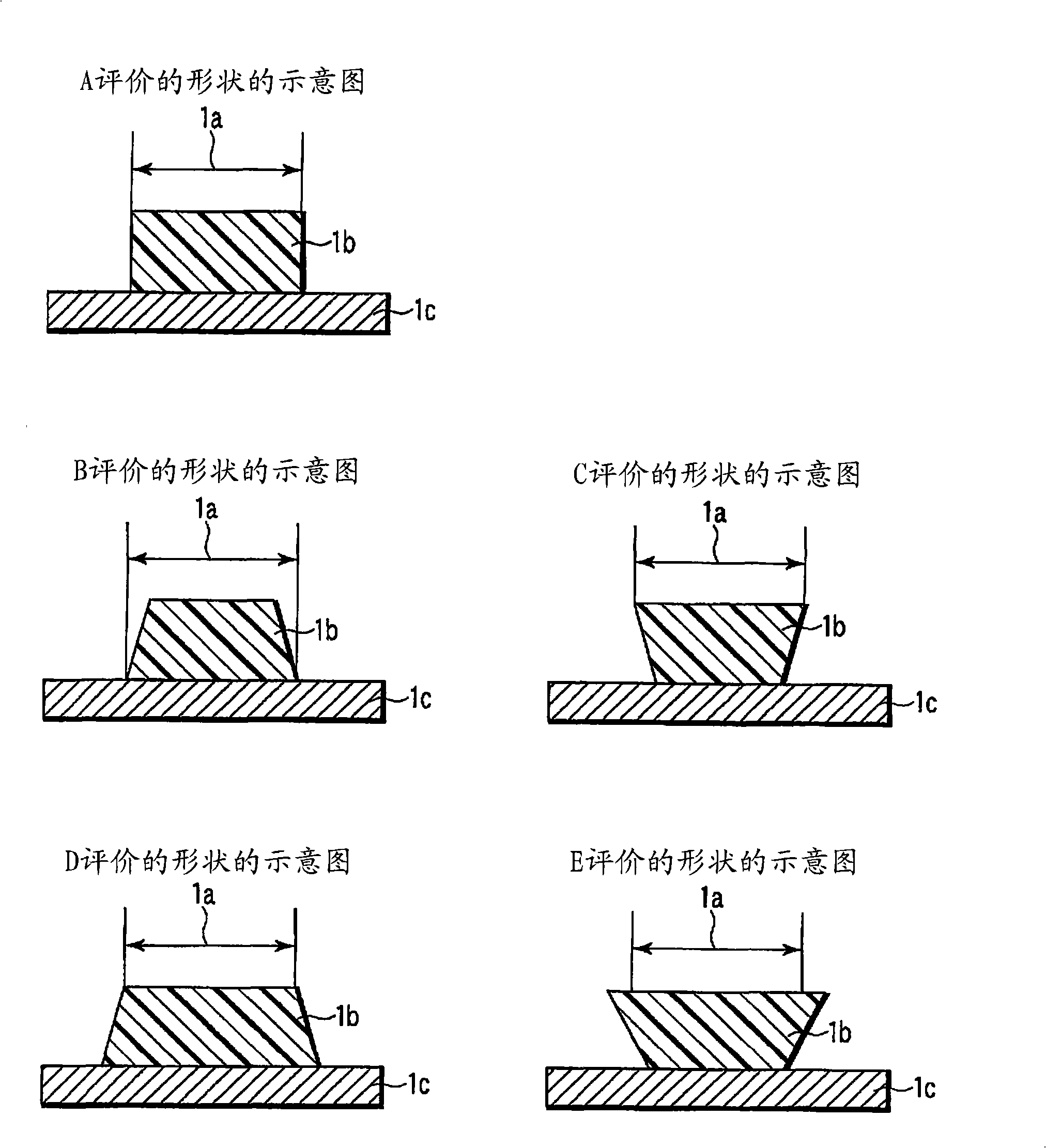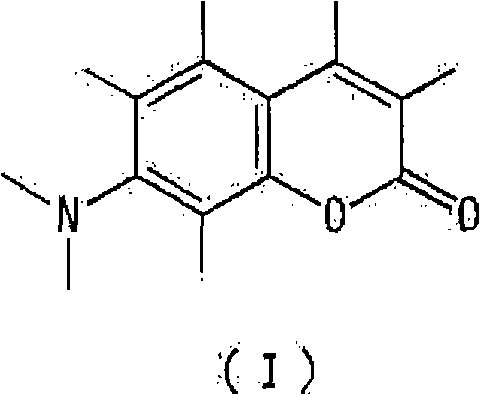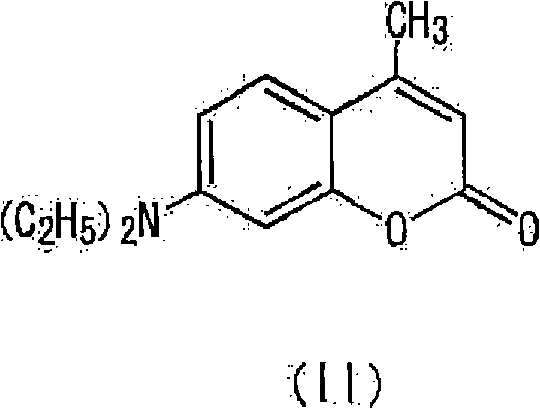Photocurable/thermosetting resin composition, cured product thereof and printed wiring board obtained by using same
A resin composition and photocurable technology, applied in the field of layered and useful photocurable thermosetting resin composition and its cured product, can solve the problem of inability to obtain deep curability and surface curability, and high photopolymerization speed , Copper circuit peeling and other problems, to achieve the effect of excellent deep curing, high sensitivity resolution, high reliability
- Summary
- Abstract
- Description
- Claims
- Application Information
AI Technical Summary
Problems solved by technology
Method used
Image
Examples
Embodiment
[0096] The present invention will be specifically described below by showing examples and comparative examples, but the present invention is of course not limited to the following examples.
Synthetic example 1
[0098] Add 660 g of cresol novolak type epoxy resin (manufactured by Nippon Kayaku Co., Ltd., EOCN-104S, soften Point 92°C, epoxy equivalent is 220g), 421.3g carbitol acetate and 180.6g solvent naphtha, heated to 90°C and stirred to dissolve. Then, it was cooled to 60° C., 216 g of acrylic acid, 4.0 g of triphenylphosphine, and 1.3 g of methylhydroquinone were added, and reacted at 100° C. for 12 hours to obtain a reaction product having an acid value of 0.2 mgKOH / g. 241.7 g of tetrahydrophthalic anhydride was added thereto, heated to 90° C., and reacted for 6 hours. Thus, a solution of a carboxylic acid-containing resin (A) having an acid value of 50 mgKOH / g, a double bond equivalent (g weight of resin per mol of unsaturated group) of 400, and a weight average molecular weight of 7000 was obtained. Hereinafter, this carboxylic acid resin-containing solution is referred to as A-1 varnish.
Synthetic example 2
[0100] Add 430g of o-cresol novolak type epoxy resin (epoxy equivalent 215, 1 molecule has 6 on average in 2 liters of detachable flasks equipped with stirrer, thermometer, reflux condenser, dropping funnel and nitrogen inlet tube phenol core) and 144 g (2 moles) of acrylic acid. It was heated to 120°C while stirring, and the reaction was continued for 10 hours while maintaining 120°C. The reaction product was temporarily cooled to room temperature, 190 g (1.9 moles) of succinic anhydride was added, and the mixture was heated to 80° C. for 4 hours to react. The reaction product was cooled to room temperature again. The acid value of the solid content of this product was 139 mgKOH / g.
[0101] To this solution, 85.2 g (0.6 mol) of glycidyl methacrylate and 45.9 g of propylene glycol methyl ether acetate were added, heated to 110°C while stirring, and the reaction was continued for 6 hours while maintaining 110°C. The reaction product was cooled to room temperature, resulting ...
PUM
| Property | Measurement | Unit |
|---|---|---|
| wavelength | aaaaa | aaaaa |
| acid value | aaaaa | aaaaa |
| acid value | aaaaa | aaaaa |
Abstract
Description
Claims
Application Information
 Login to View More
Login to View More - R&D
- Intellectual Property
- Life Sciences
- Materials
- Tech Scout
- Unparalleled Data Quality
- Higher Quality Content
- 60% Fewer Hallucinations
Browse by: Latest US Patents, China's latest patents, Technical Efficacy Thesaurus, Application Domain, Technology Topic, Popular Technical Reports.
© 2025 PatSnap. All rights reserved.Legal|Privacy policy|Modern Slavery Act Transparency Statement|Sitemap|About US| Contact US: help@patsnap.com



